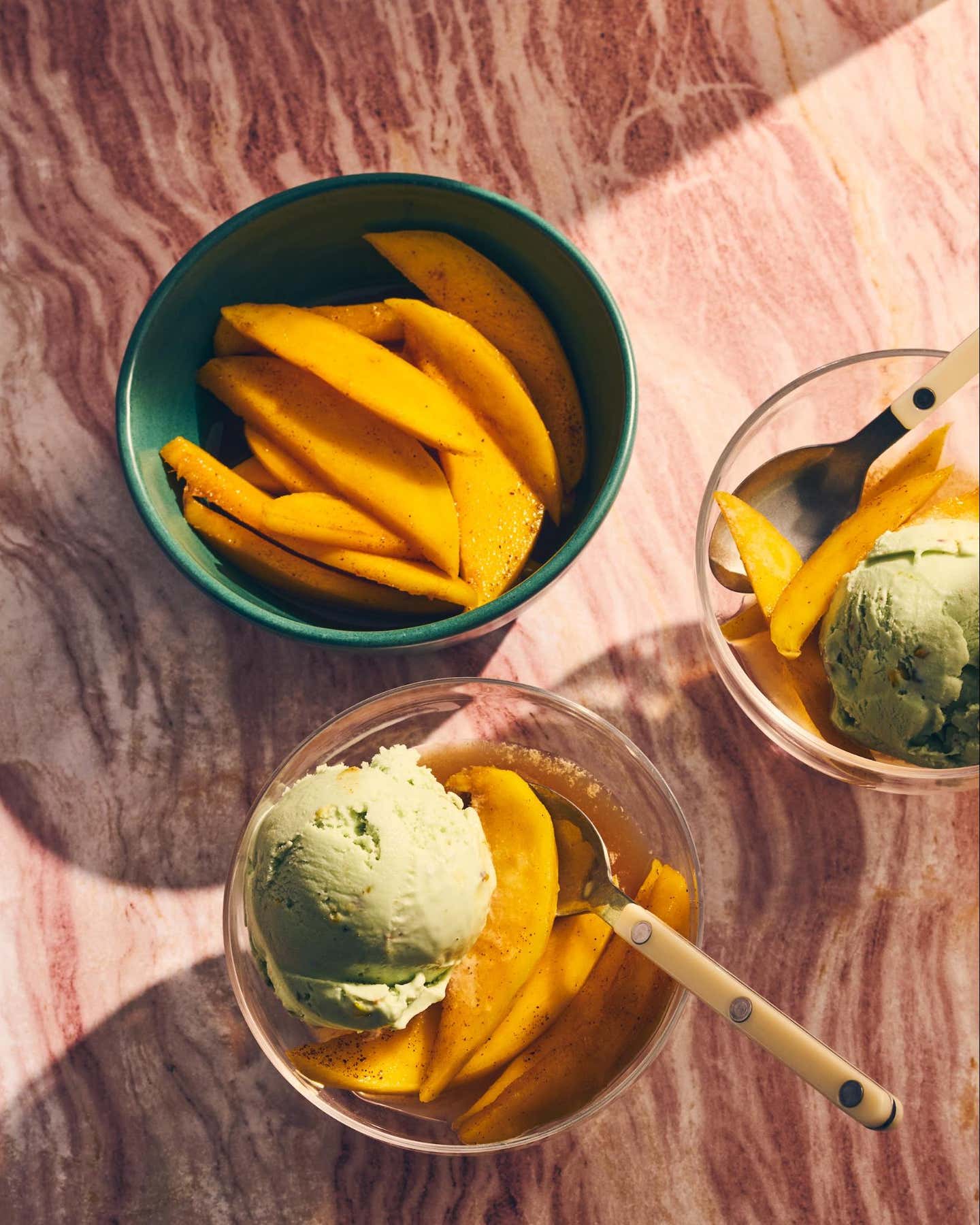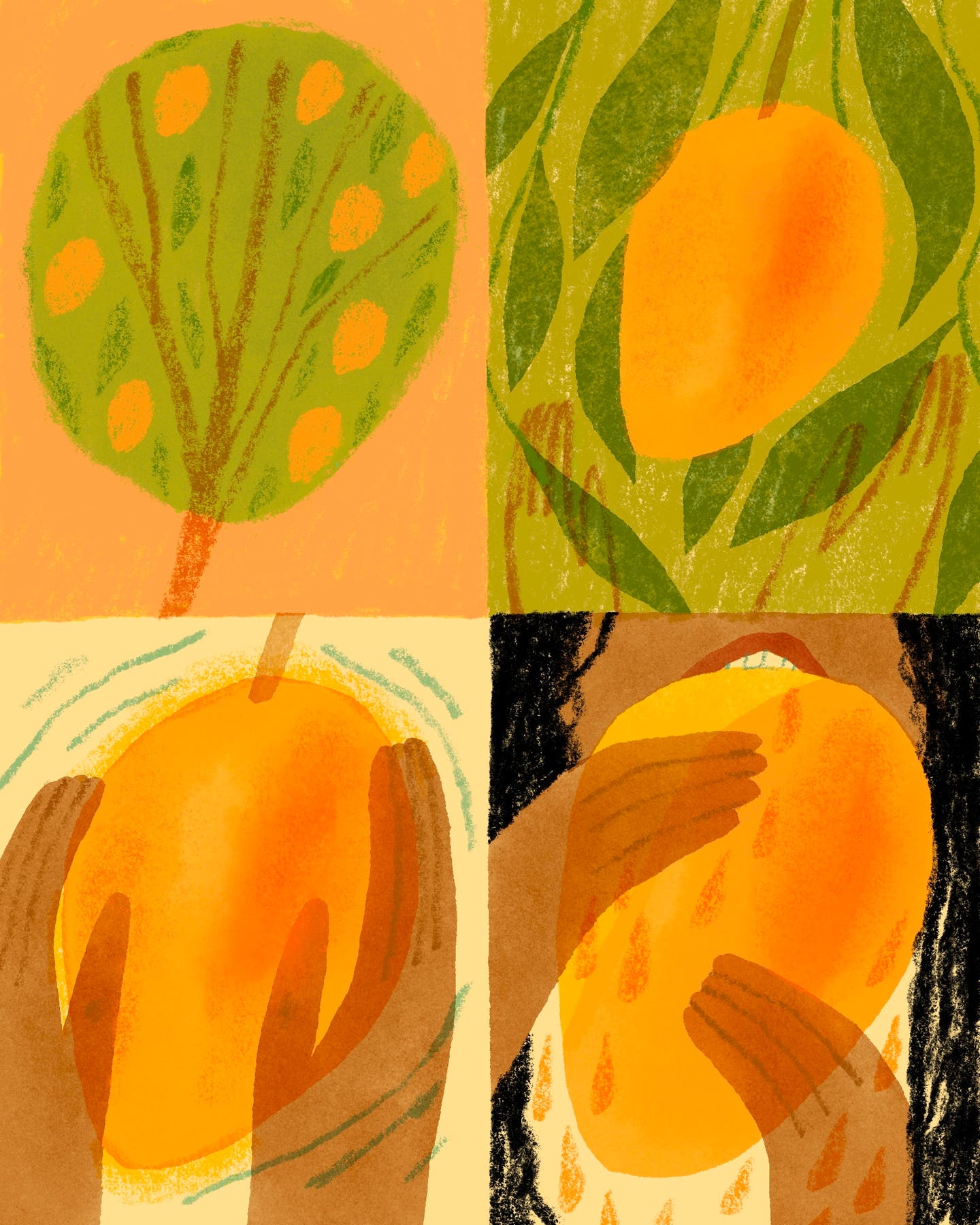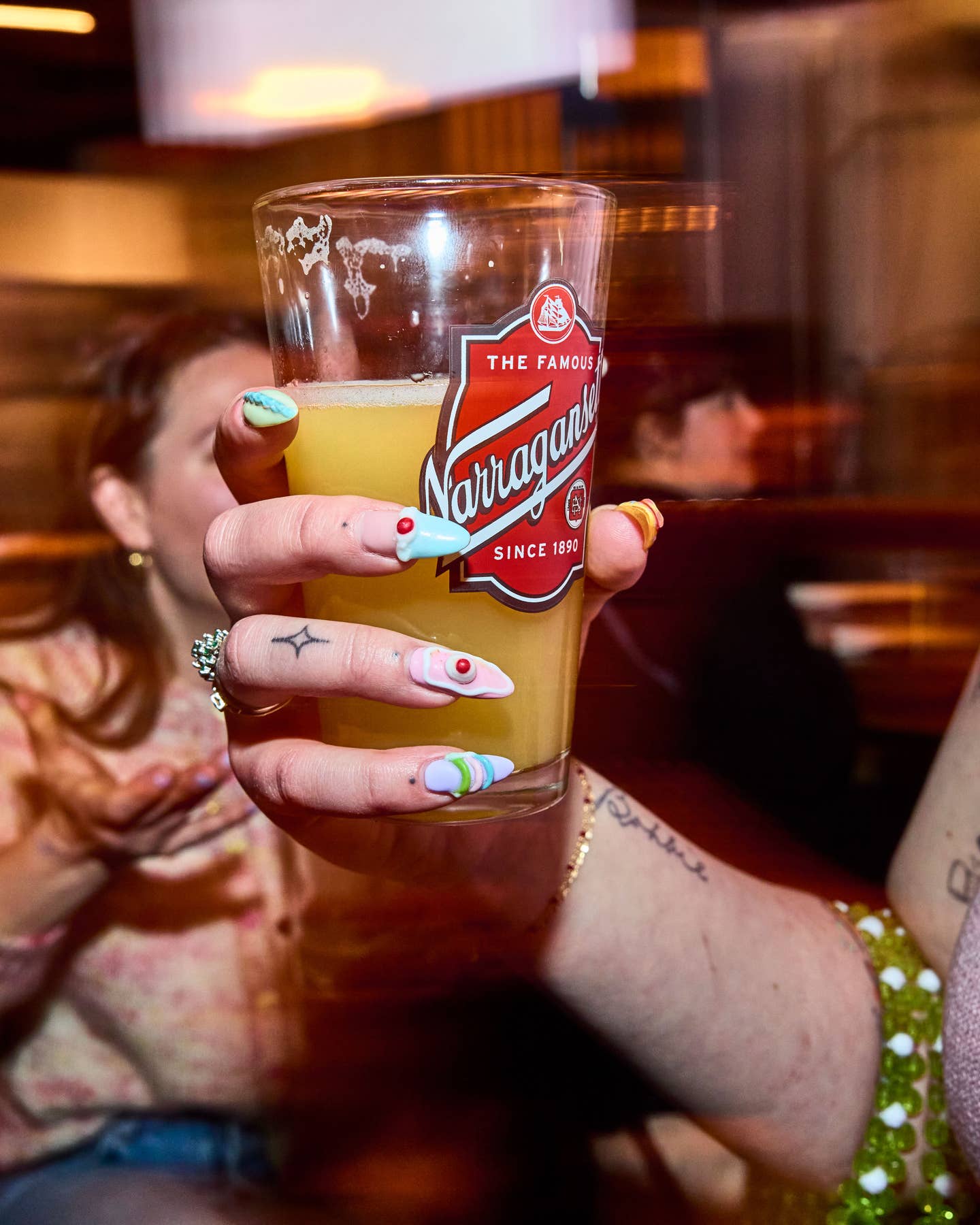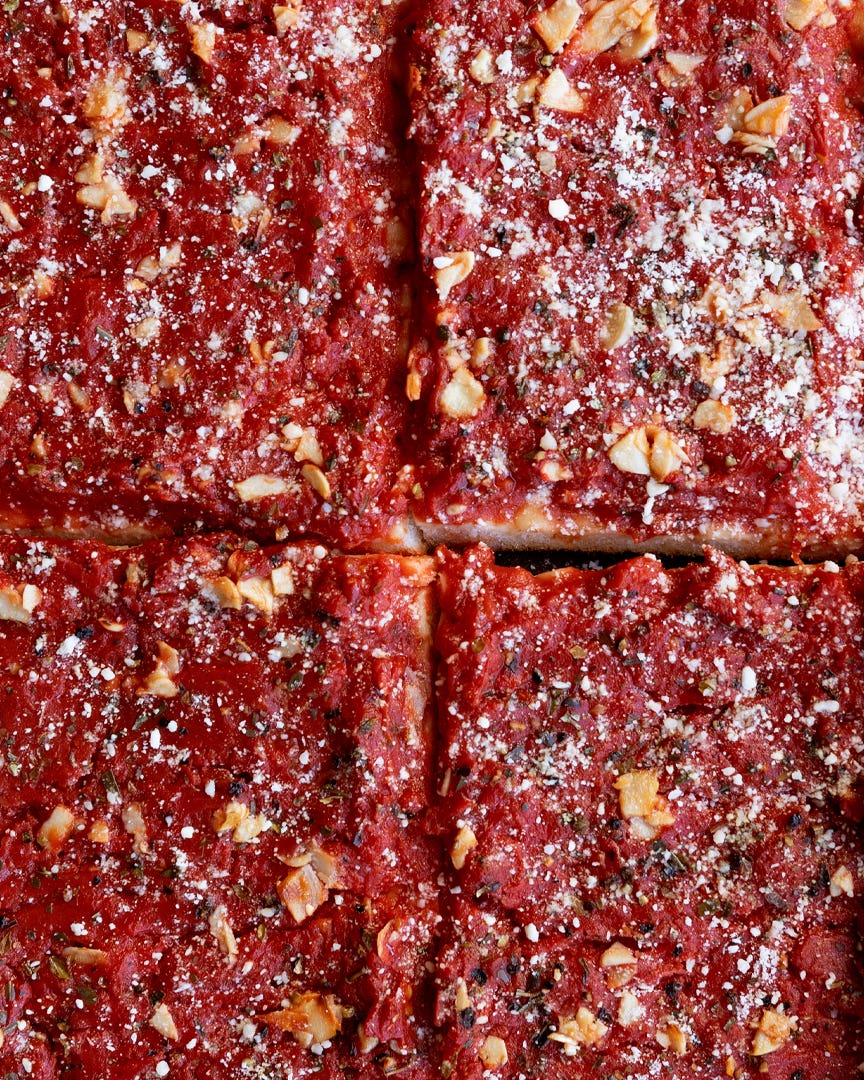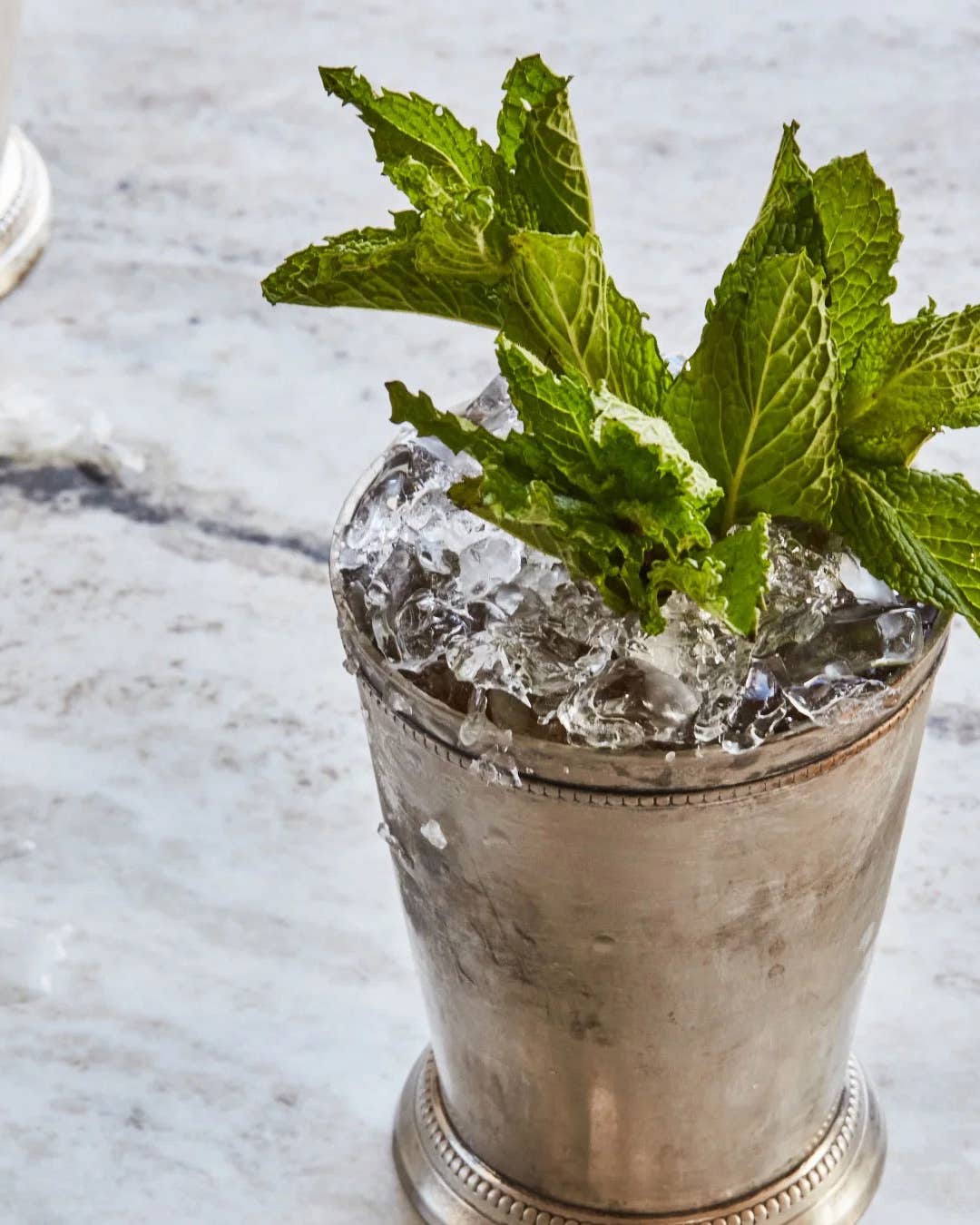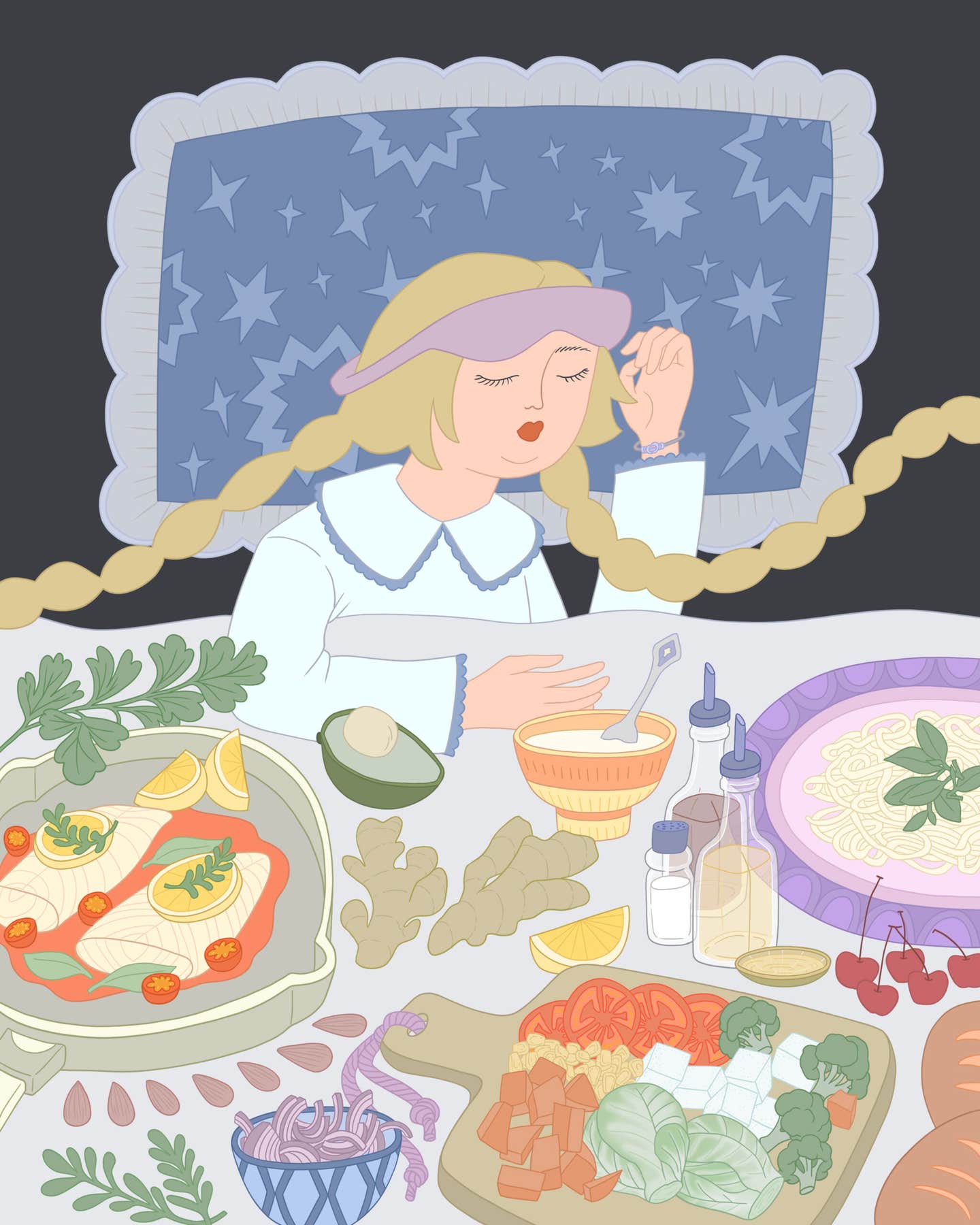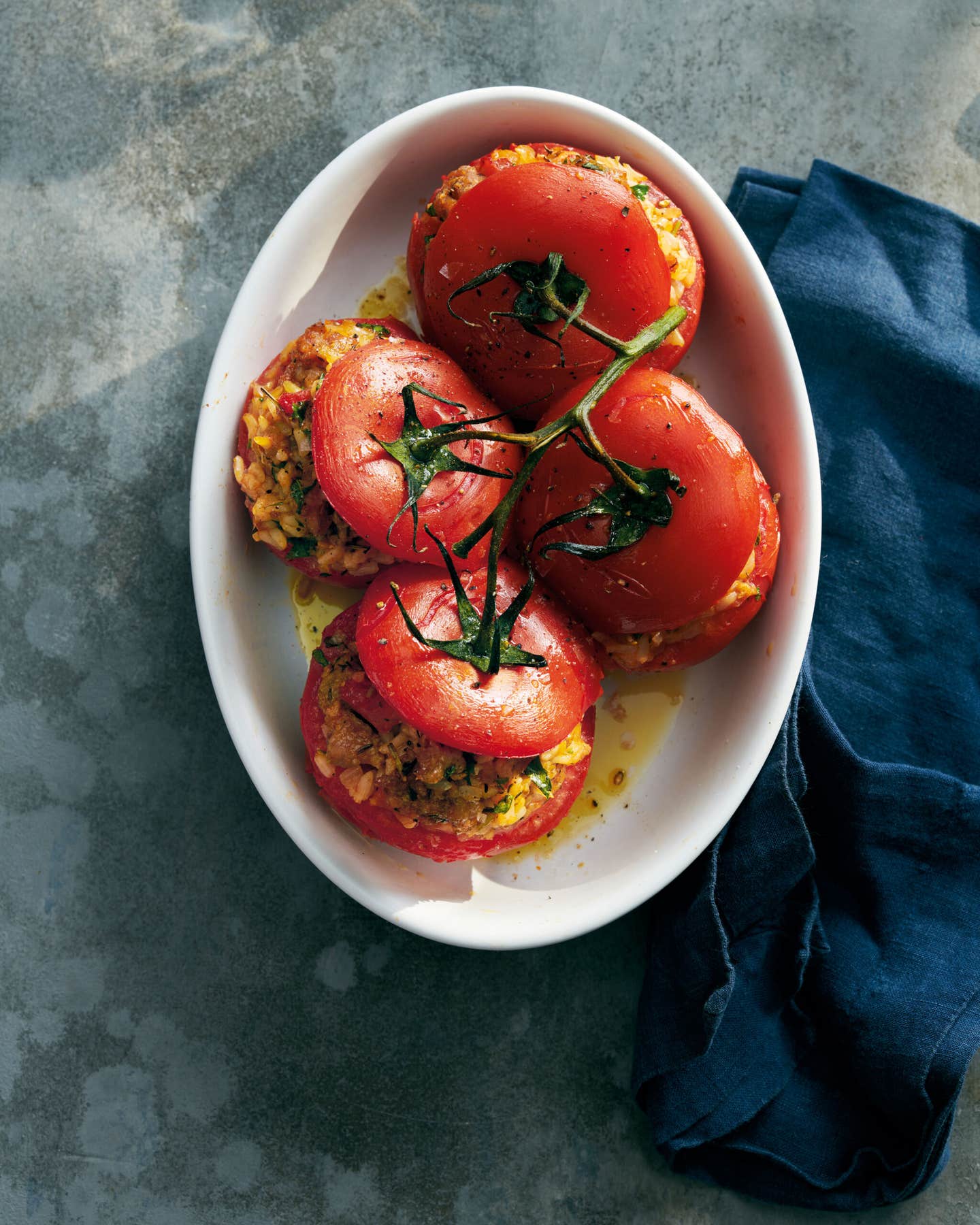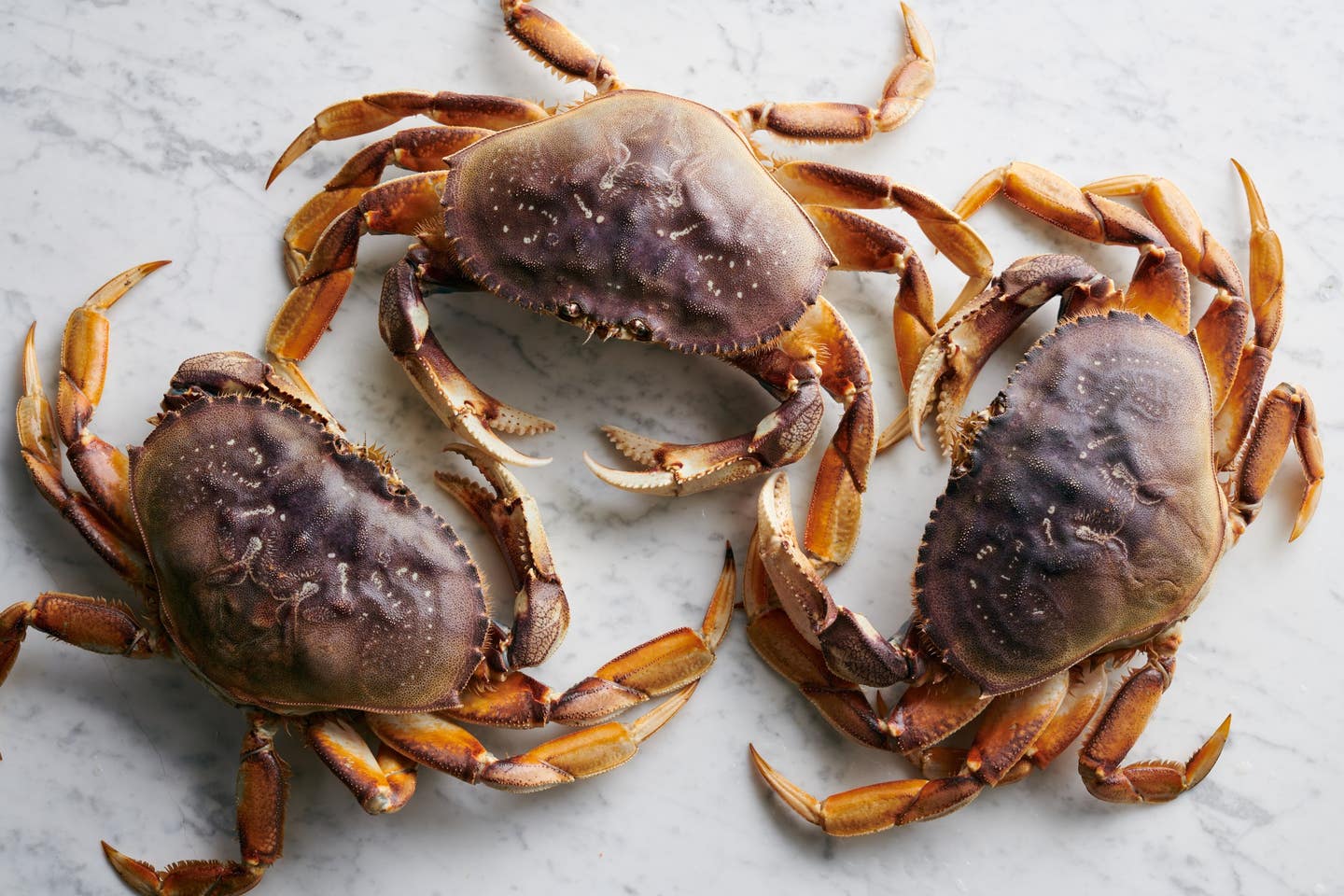
Dungeness Crab Is the West Coast’s Holiday Treat
The festivities truly kick off when these crustaceans find their way to the table.
When the first Dungeness crabs hit fish markets along the West Coast each November, it feels like a celebration. Restaurants rush them onto menus from San Francisco to Seattle, driving the frenzy among customers who’ve been waiting for the season all year long. Thanksgiving plans are made around crabs, bringing families together for buttery, participatory meals that are certainly a step above turkey; come Christmastime, crab feasts are immutable holiday traditions too.
When I arrived in the Bay Area, I was woefully unprepared for this new crustacean fascination. I’d been living in Washington, D.C. and worshiping at the altar of Maryland blue crabs for years, happily bludgeoning Old Bay-encrusted shells with a mallet and drinking buckets of National Bohemian. And while Maryland’s crab obsession is well-warranted, there’s really no comparison.
“Dungeness crab is so sweet and so big,” says Naomi Tomky, Seattle-based author of The Pacific Northwest Seafood Cookbook. “I hate the comparison to East Coast crabs because they’re just not the same thing and you’re not eating them in the same way.”
Live dungeness crabs are typically between one and two pounds and purple-hued; after cooking, they have a striking red shell with plenty of mild, sweet meat that’s perfectly enjoyable with nothing but melted butter. There are, however, many other ways to enjoy these seasonal treats, from roasted with garlic, chiles, and butter, to crab rolls, crab chowder, crab Louie, and more.
In Seattle and Oregon, the hefty crabs are more readily available throughout the year, thanks to colder waters, and longer seasons. “I think the holiday tie is much stronger in the Bay Area because the crabs are just available for a short period of time, and start right at that time of year,” says Tomky. “There’s also something very ceremonial about a whole crab, besides the fact that they’re big and beautiful and bright red when cooked.”
Eric Rivera, chef and owner of Addo in Seattle, serves a different take on Dungeness crab by simmering it in garlic and chile, then adding Szechuan peppercorns, ginger, black garlic, and black vinegar. He then adds sautéed wild mushrooms for an offbeat interpretation of Pacific Northwestern surf n’ turf, lending an earthy component and hearty forest feast vibes, and a generous dose of his own adobo seasoning—a callback to his Puerto Rican heritage and the flavors that find their way into dishes all over his ever-changing menu. “None of this needs to be perfect or nice or whatnot,” says Rivera. “It's no fuss. It just needs to taste good and make peeps happy.” The dish is just another example of the versatility of Dungeness crabs, and the way that West Coasters, top to bottom, have made it their own.
In San Francisco (and beyond), the Asian American community has had a large impact on the ingredient’s popularity as well, “One of the great things about having those other cultures around and how much they appreciate fresh seafood means that there is always a market for it,” says Tomky. Asian restaurants like the Vietnamese institution PPQ Dungeness Island have been status symbols for years, serving crabs roasted with garlic, peppercorns, curry, and chile oils alongside imperial rolls and fried banana ice cream.
Along the way, garlic noodles became a traditional accompaniment to whole roast crab, a dish whose origin is based in Vietnamese cuisine. At an Outer Sunset restaurant called Thanh Long, the recipe remains a secret that’s closely guarded by the family of the restaurant’s founder, Helene An. Nowadays, throughout the Bay Area, on the menu of restaurants of all sorts of cuisines, from Creole to soul food to Vietnamese, adaptations are considered a regional delicacy.
“At this point, [garlic noodles] are an American recipe,” says Tu David Phu, an Oakland-raised Vietnamese American chef. Phu’s version uses Sun Ramen’s Keadama noodles, but in a pinch, he recommends spaghetti as a fine replacement; he tosses the noodles with garlic, butter, fish sauce, oyster sauce, sugar, and scallions until they’re perfectly coated in the umami-rich sauce. Paired with steamed crab, they’re sweet-and-savory perfection.
“You’ve got to eat the crab butter,” says Phu of the tomalley or “crab fat” found in the creatures' carapace. “I recommend getting a hot bowl of steamed rice and pouring the crab butter over it. If you like uni you’ll like crab butter.”
Diners at Swan Oyster Depot tend to agree: The iconic San Francisco restaurant draws hours-long lines for a spot at its small, crowded counter. A staple dish on the menu? Crab butter served right in the shell, with plenty of sourdough bread for dipping. There, Dungeness crab is served myriad ways, but no more notably than as part of the “crabsanthemum,” a plate of plump leg meat, artfully arranged in the shape of a flower, and served with Louie sauce.
Lately, though, it’s been a tough road for fans of the meaty Pacific crab. Recent years have seen delays in the commercial fishing season for a variety of reasons, pushing back holiday crab feasts for many and frustrating fishermen whose livelihoods rely on their ability to bring in full nets of the high-priced crustaceans. The 2021 Dungeness crab season was delayed in an effort to protect migrating whales and turtles. Luckily, the season came through just in time for Christmas, keeping coastal holiday traditions alive.
“This is a great year to experiment with trying something new if you haven’t had Dungeness crab for the holidays,” says Tomky. “Maybe you’re having a smaller celebration, and a Dungeness crab is a great way to get a whole animal on your plate.”
Recipes
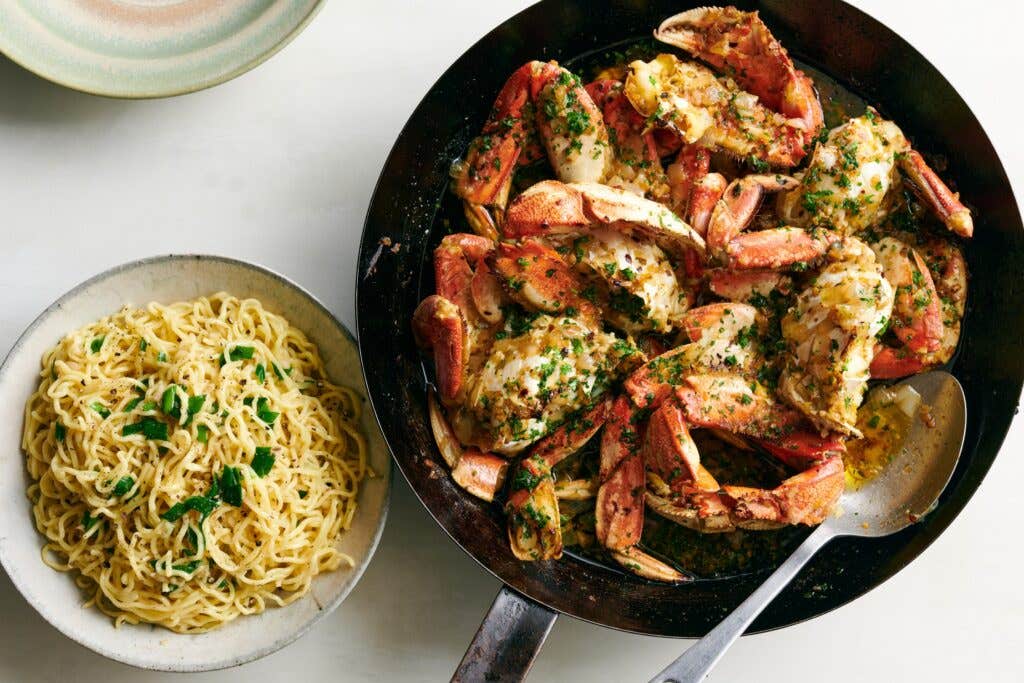
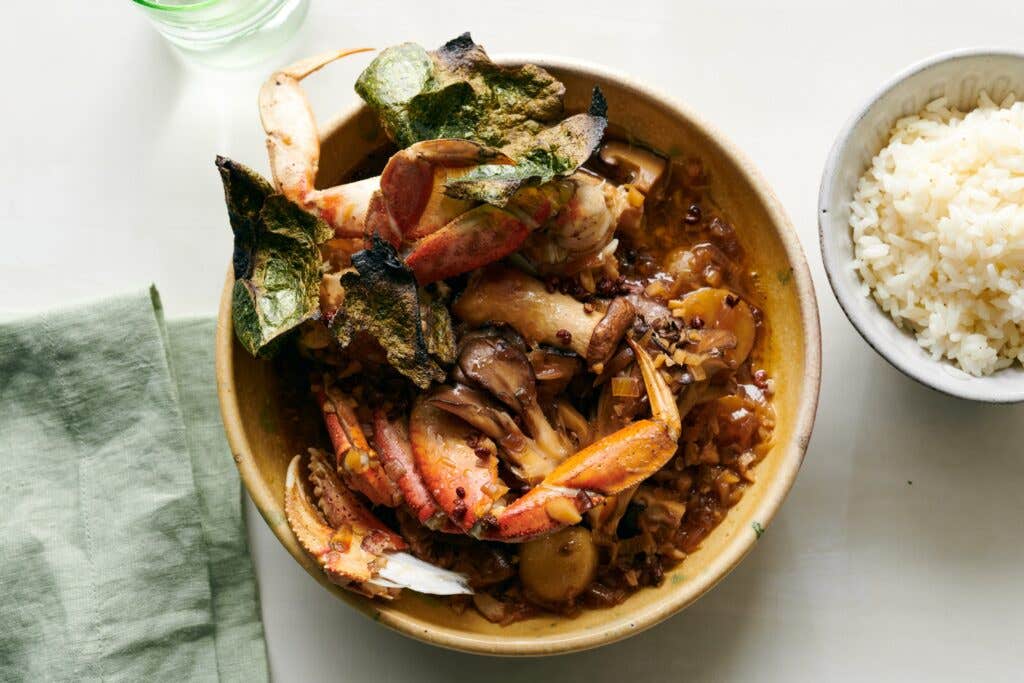
Keep Reading
Continue to Next Story
